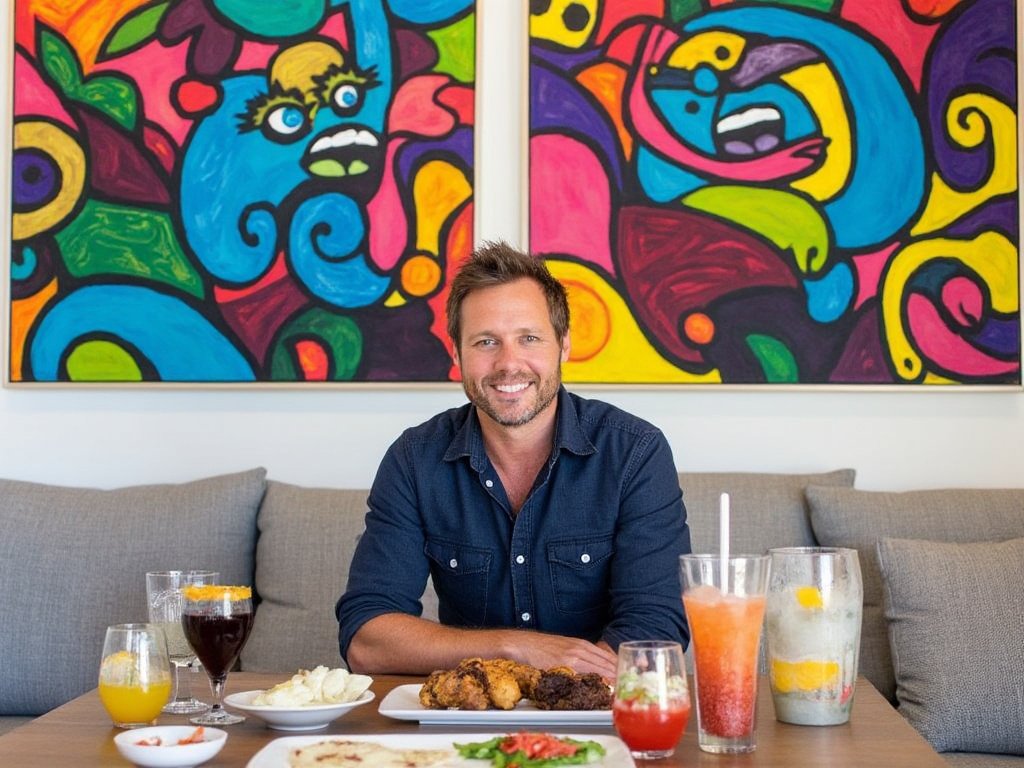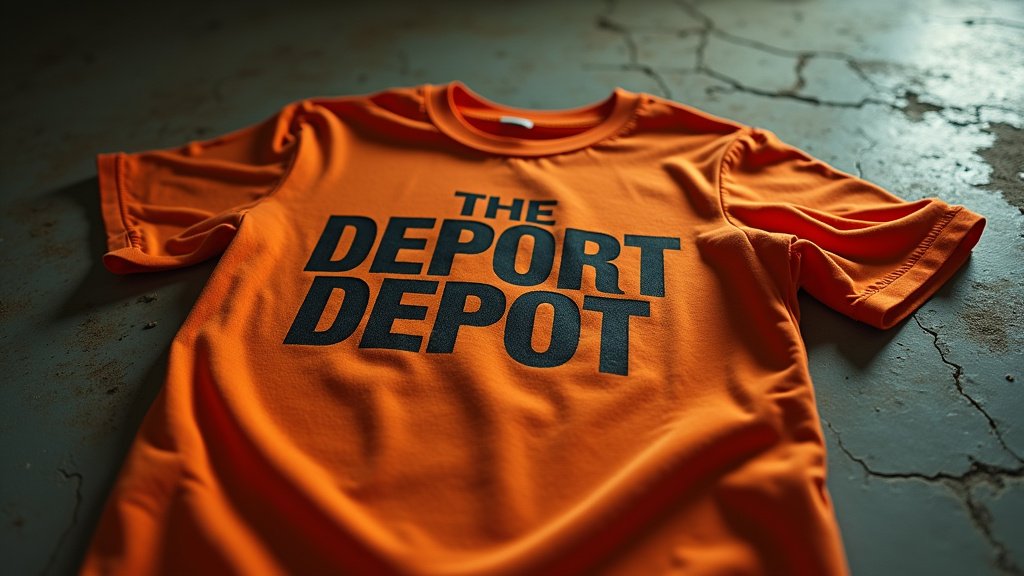Miami, Florida, is much more than a sun-soaked paradise with sandy beaches and turquoise waters. It’s a city pulsating with life, rich in culture, and brimming with stories that reflect the diversity of its people. Often referred to as the “Gateway to the Americas,” Miami stands as a testament to the beauty and complexity of a multicultural society. From the vibrant neighborhoods of Little Havana and Little Haiti to the Art Deco wonders of South Beach, Miami is a living, breathing mosaic of traditions, languages, and flavors.
Yet, what truly sets Miami apart is not just the diversity of its people but the way this diversity shapes every aspect of life in the city. Here, you’re as likely to hear Spanish or Creole as you are English. Cuban coffee is as essential as sunshine, and a walk down any given street might introduce you to influences from Haiti, Colombia, Brazil, or the Dominican Republic. In Miami, every corner has a story, and every story is a thread in the city’s colorful tapestry.
This vibrant cultural ecosystem didn’t emerge overnight. Miami’s history is one of resilience, migration, and transformation. Waves of immigration—from Cubans fleeing political turmoil in the 1960s to Haitians seeking refuge in the 1980s—have reshaped the city into what it is today: a place where the American Dream takes on many accents and hues.
Take Little Havana, for instance. This iconic neighborhood is more than just a tourist destination. It’s the beating heart of Miami’s Cuban community, a place where you can feel the weight of history and the warmth of tradition. Walk down Calle Ocho, and you’ll find abuelitos playing dominoes in Máximo Gómez Park, their laughter mingling with the rhythms of salsa music spilling out from nearby cafes. The air here smells of fresh Cuban bread and strong cafecito, and the walls are alive with murals depicting revolutionary heroes and vivid tropical scenes. Little Havana isn’t just a place to visit; it’s a place to experience, where the past and present intertwine seamlessly.
A few miles away, Little Haiti tells another story of resilience and pride. This neighborhood is a celebration of Haitian culture, from its vibrant art galleries to its flavorful cuisine. The Little Haiti Cultural Complex serves as a hub for artistic expression, showcasing everything from Vodou-inspired paintings to traditional music performances. Visitors can savor griot—a dish of marinated fried pork—or sip on a refreshing glass of papaya juice while exploring the community’s rich traditions. Little Haiti is a reminder of the strength of its people, many of whom arrived in Miami seeking freedom and opportunity.
Miami’s cultural influence extends far beyond its neighborhoods. It’s a city that thrives on artistic innovation, hosting events that attract global attention. Art Basel Miami Beach, for example, transforms the city into an international art mecca every December. This prestigious fair brings together artists, collectors, and enthusiasts from around the world, showcasing works that challenge, inspire, and captivate. But beyond the glitz of Art Basel, Miami’s local art scene flourishes year-round. Wynwood Walls, a dynamic outdoor museum of street art, has become a symbol of the city’s creative energy. Once an overlooked warehouse district, Wynwood now attracts millions of visitors who come to marvel at its ever-changing murals, painted by some of the most talented street artists on the planet.
Miami’s culinary scene is another reflection of its diversity. Here, food isn’t just sustenance; it’s a story, a memory, a connection to home. The city’s chefs draw from a global pantry, crafting dishes that are as inventive as they are delicious. At Versailles, the iconic Cuban restaurant, patrons line up for croquetas, ropa vieja, and pastelitos, flavors that transport them straight to Havana. Meanwhile, in neighborhoods like Brickell and Midtown, trendy eateries serve everything from Peruvian ceviche to Korean barbecue, catering to Miami’s adventurous palate.
Seafood, of course, is central to Miami’s culinary identity. With the Atlantic Ocean and Biscayne Bay as its backyard, the city boasts an abundance of fresh fish, shrimp, and stone crab. Locals and visitors alike flock to restaurants like Joe’s Stone Crab, a Miami institution that has been serving its signature crustaceans for over a century. For a more casual experience, the many food trucks and fish shacks scattered across the city offer a taste of Miami’s ocean bounty at an affordable price.
But food and art are just the beginning. Miami is also a city of festivals, each celebrating the unique contributions of its communities. The Calle Ocho Music Festival, held annually in Little Havana, is the largest Hispanic music festival in the country, attracting over a million visitors each year. With stages featuring salsa, reggaeton, and merengue artists, the festival is a joyous celebration of Latin culture. Similarly, the Haitian Compas Festival highlights the rich musical traditions of Haiti, bringing together performers and fans from around the globe.
Yet, Miami’s diversity is not without its challenges. The city has had to navigate the complexities of integration, economic disparity, and the preservation of cultural heritage in the face of rapid development. Rising housing costs and gentrification have particularly impacted neighborhoods like Little Haiti, where long-time residents are being priced out of their homes. Efforts to address these issues have sparked important conversations about equity and inclusion, with community leaders advocating for policies that protect Miami’s cultural heart.
Even as it grapples with these challenges, Miami remains a beacon of possibility. Its ability to embrace change while honoring its roots is a lesson in resilience. Whether it’s the Cuban exile who built a business empire from nothing, the Haitian artist whose work now hangs in prestigious galleries, or the young entrepreneur launching a tech startup in Wynwood, Miami is a city of dreamers and doers.
It’s also a city deeply connected to its natural surroundings. From the lush Everglades to the sparkling waters of Biscayne Bay, Miami’s environment is as diverse as its people. However, climate change poses a significant threat to the city, with rising sea levels and stronger hurricanes becoming increasingly concerning. Miamians, ever resourceful, are at the forefront of addressing these challenges, with initiatives aimed at sustainability and resilience. From the creation of seawalls to investments in renewable energy, the city is fighting to protect its future.
Miami is more than a city; it’s a symbol. It’s a place where cultures collide and blend, where stories of struggle and triumph are written every day. It’s a reminder that diversity is not just a buzzword but a way of life, one that enriches, challenges, and ultimately unites us. To walk the streets of Miami is to travel the world, to taste its flavors is to savor its history, and to meet its people is to understand its soul.
So whether you’re a lifelong resident or a first-time visitor, Miami welcomes you with open arms and a vibrant spirit. It’s a city that invites you to not just see it but to feel it, to immerse yourself in its rhythm, and to become a part of its ever-evolving story. After all, in Miami, every voice matters, every culture counts, and every moment is an opportunity to celebrate the beauty of diversity.





